In the northernmost part of Tuscany, here is Lunigiana: a jewel surrounded by the majestic Apuan Alps and the northern Apennines, a fascinating land that is a cross between an often still wild nature and a multi-millennial history, able to offer visitors a unique and unforgettable experience. Lunigiana covers a hilly and mountainous territory, rich in green valleys, rivers, streams, and spectacular views. Its strategic location between Tuscany, Liguria and Emilia-Romagna has made it a crossroads of cultures and traditions. Lunigiana is steeped in history, with roots going back to prehistoric times (the celebrated and enigmatic stele statues are symbolic of this mysterious land). Its many medieval castles, such as Piagnaro Castle in Pontremoli, Malaspina Castle in Fosdinovo, Terrarossa Castle, Malgrate Castle, and many others tell stories of feudal lords and battles(discover ten must-see sites in Lunigiana here). The cobbled streets and winding alleys of towns like Pontremoli and Fivizzano are emblematic of the medieval past blending with the present. The view of the Apuan Alps, with their majestic peaks, is an attraction in itself, and the surrounding landscape is dotted with ancient castles and wonderful villages. Which are the most interesting villages in Lunigiana? We have selected ten, here they are!
The cultural capital of Lunigiana and the gateway to the region for those arriving from the north, Pontremoli is a splendid town with an ancient history that experienced considerable economic and social development in the seventeenth century, which is why, in the lower part of the historic center, it has elegant rows of aristocratic palaces with richly decorated interiors (Pontremoli is a small capital of the Baroque). The upper part, on the other hand, still retains its medieval charm. Pontremoli has roots that are lost in antiquity, with traces dating back to Roman times (it was known in ancient times as Pons Tremolans). However, it is mainly the medieval period that has left an indelible imprint on this charming village. Its stone buildings, narrow alleys, and ancient churches are evidence of its illustrious past. One of Pontremoli’s most iconic symbols is the Piagnaro Castle, an imposing fortress that dominates the village from the top of a hill. The origins of this castle date back to the 11th century and it offers breathtaking panoramic views of the town and surrounding landscape. Inside it houses the Museo delle Statue Stele Lunigianesi, which preserves the most important existing nucleus of stele statues. Also worth seeing are the Co-Cathedral of Santa Maria del Popolo, the Church of the Santissima Annunziata (entirely frescoed), the Church of San Geminiano, the spectacular Villa Dosi Delfini, and the aristocratic palaces that extend around the Piazza della Repubblica, the beating heart of the town. Pontremoli is also a living community that celebrates its traditions and culture in various ways: every year, the village hosts the “Premio Bancarella,” one of Italy’s most important literary awards. This event attracts authors and literature enthusiasts from all over the country and transforms Pontremoli into a vibrant cultural center.

Fivizzano is the most “Tuscan” of the towns in Lunigiana. Ruled by the Malaspina family until 1477, it then passed to Florence, to which it tied its fortunes: this is why in its historic center the palaces may resemble those of the capital of Tuscany, and why the symbols of the Medici are scattered throughout its streets (so much so that the main square of the town is called Piazza Medicea). Lunigiana’s second largest town by population (after Aulla, the economic and commercial heart of the region), Fivizzano is a haven for lovers of history, culture and authentic beauty. One of Fivizzano’s most notable treasures is Verrucola Castle, an imposing fortress that dominates the hamlet of the same name and the surrounding valleys. This well-preserved castle is a tangible symbol of the region’s medieval history. The church of Saints Jacopo and Antonio, the main church in the center of Fivizzano, is of medieval origin, has a large Medici coat of arms on its façade and houses a Resurrection of Lazarus by Pietro Sorri. The Museo di San Giovanni, set up in the church of the same name, houses works by Tuscan Renaissance artists such as Zanobi Machiavelli, Andrea Guardi, and others.
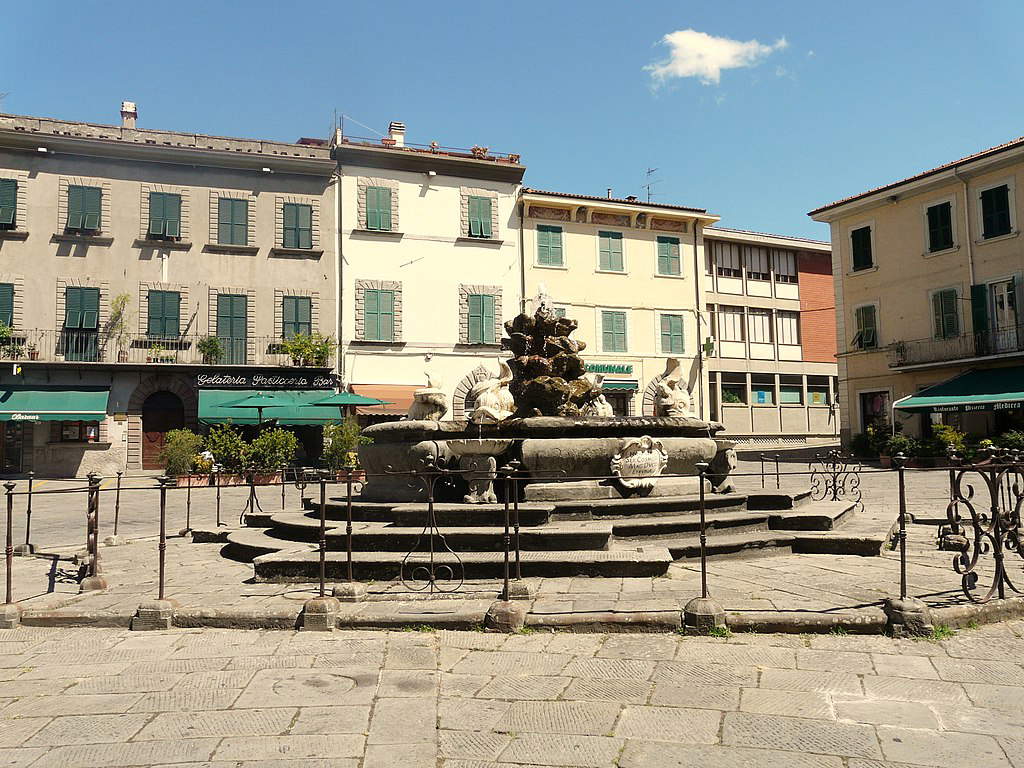
Among the main and most famous villages of the Val di Magra, Fosdinovo, with its perfectly recognizable medieval layout, is a richly evocative place. It was the capital of a marquisate established in 1355 and extinguished in 1797, always ruled by the Malaspina family, who resided in the scenic Malaspina Castle, surely the most resplendent jewel of Fosdinovo, a majestic structure that dominates the surrounding landscape, which can be visited. Also worth seeing is the beautiful church of San Remigio, and especially the Oratorio dei Bianchi, which stands out for its extraordinary Renaissance facade made entirely of marble. The history of Fosdinovo makes its way through the centuries, although it is the medieval period that gives the village its distinctive character. As you make your way through the winding streets of Fosdinovo, you are greeted by an atmosphere of intimacy and tradition. Warmly colored stone houses, picturesque arches and quiet little squares represent a visual journey into the past.
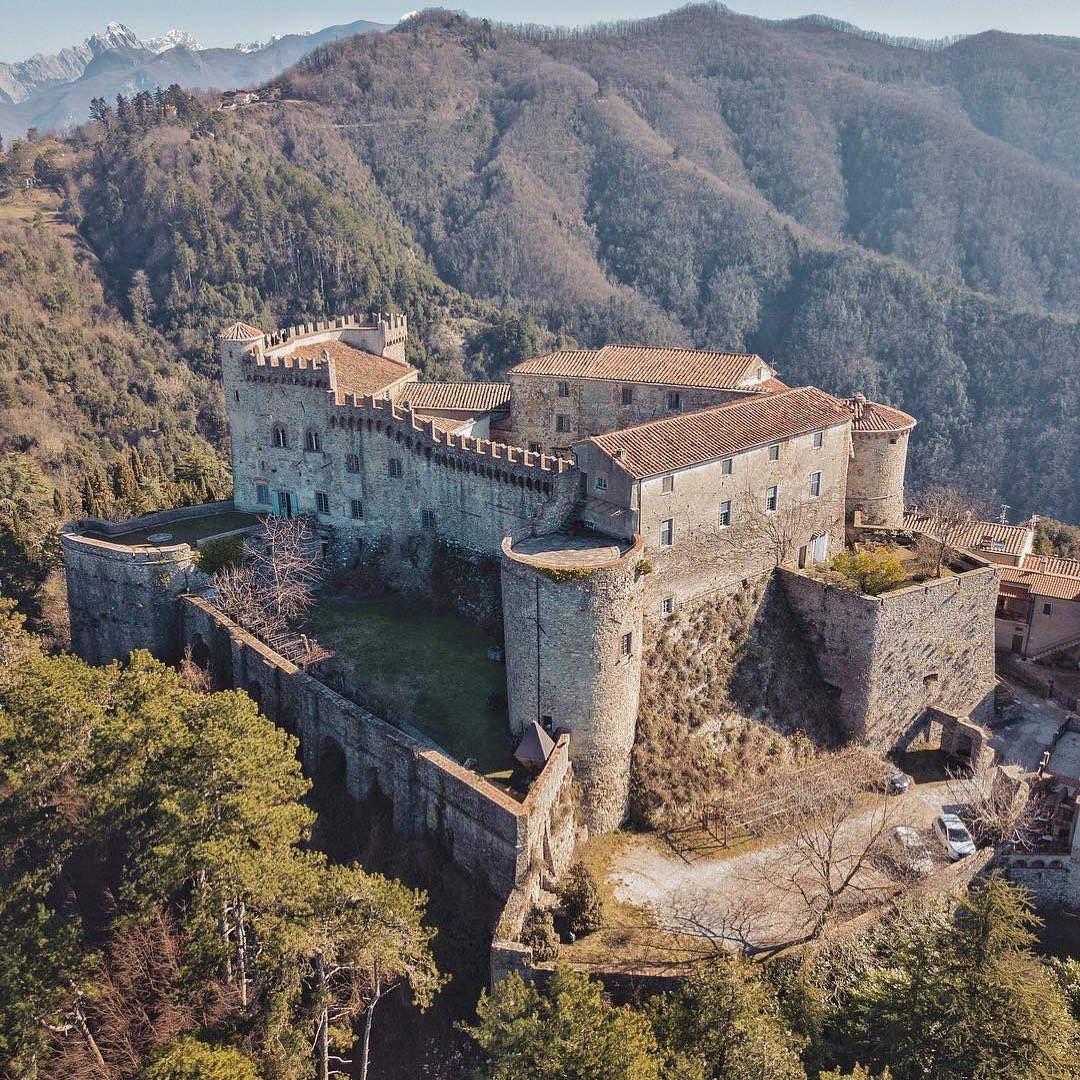
This enchanting village is a hidden treasure that combines thousands of years of history, breathtaking views and authenticity. Mulazzo is an ancient Malaspina fiefdom, is known for hosting Dante Alighieri during his exile and also for being the capital of an autonomous staterello that lasted from 1550 to 1776. In the hamlet of Lusuolo you can admire one of the most beautiful castles in Lunigiana, the Castello di Lusuolo, while in the center you can visit the church of San Martino, equipped with a bell gable (a rare element for churches in this area of Tuscany), and the Museo Dantesco Lunigianese, dedicated to the Supreme Poet’s stay in Lunigiana.

Bagnone is a medieval gem that enchants visitors with its timeless charm. This village stands on a mountain that rises near the Bagnone stream, and it is divided into two parts: Gutula, the higher part, clinging around the castle and characterized by steep streets and winding alleys, and Borgo, the lower part that develops along the banks of the Bagnone stream. The area has been inhabited since the Stone Age, but it is mainly the medieval period that shaped Bagnone’s personality. Warmly hued stone houses and striking arches hark back to a time when knights errant, fairs and adventures were the order of the day. One of Bagnone’s focal points is its majestic castle. Located on top of the hill on which the village stands, Bagnone Castle offers spectacular views of the surrounding valley. This castle, dating from the Middle Ages (although only the tower remains medieval: the structure was later transformed into a stately home of the Ruschi-Noceti family), then offers one of the best-known and best-loved postcard images of Lunigiana.
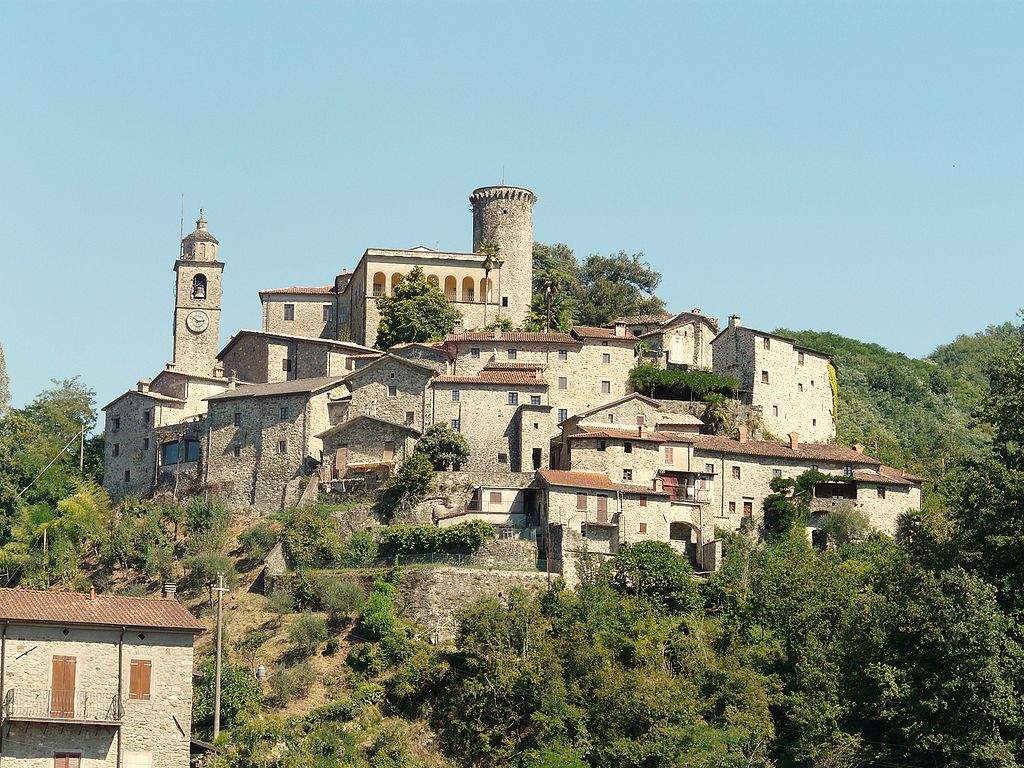
An intact walled village, walking through it feels as if you have ended up in the Middle Ages: this is Filetto, perhaps the village in Lunigiana that has best maintained its ancient appearance, so much so that it is a favorite place for historical re-enactments. It is located a short distance from Villafranca in Lunigiana and was born as a fortified village to defend the area in which it is located, the heart of Lunigiana, from the incursions of the Lombards, between the 6th and 7th centuries. The name in fact, like that of nearby Filattiera, comes from the Greek filaktérion, meaning “fortified place.” The two monumental gates through which one enters Filetto are capable of catapulting the traveler into a unique atmosphere: one visits the Church of Saints Philip and James, the Palace of the Marquis Ariberti, the Convent of the Hospitaller Friars and, just outside the village, the Selva di Filetto, a magical and mysterious place of the ancient rituals of the Liguri Apuani, the population that inhabited these lands before they were focused by the Romans. The Selva, site of the discovery of numerous stele statues that attest to its cultural importance to the ancient Lunigians, is now a well-maintained park where one can spend beautiful moments of relaxation perhaps thinking about what this forest must have looked like at the time of the Liguri Apuani.
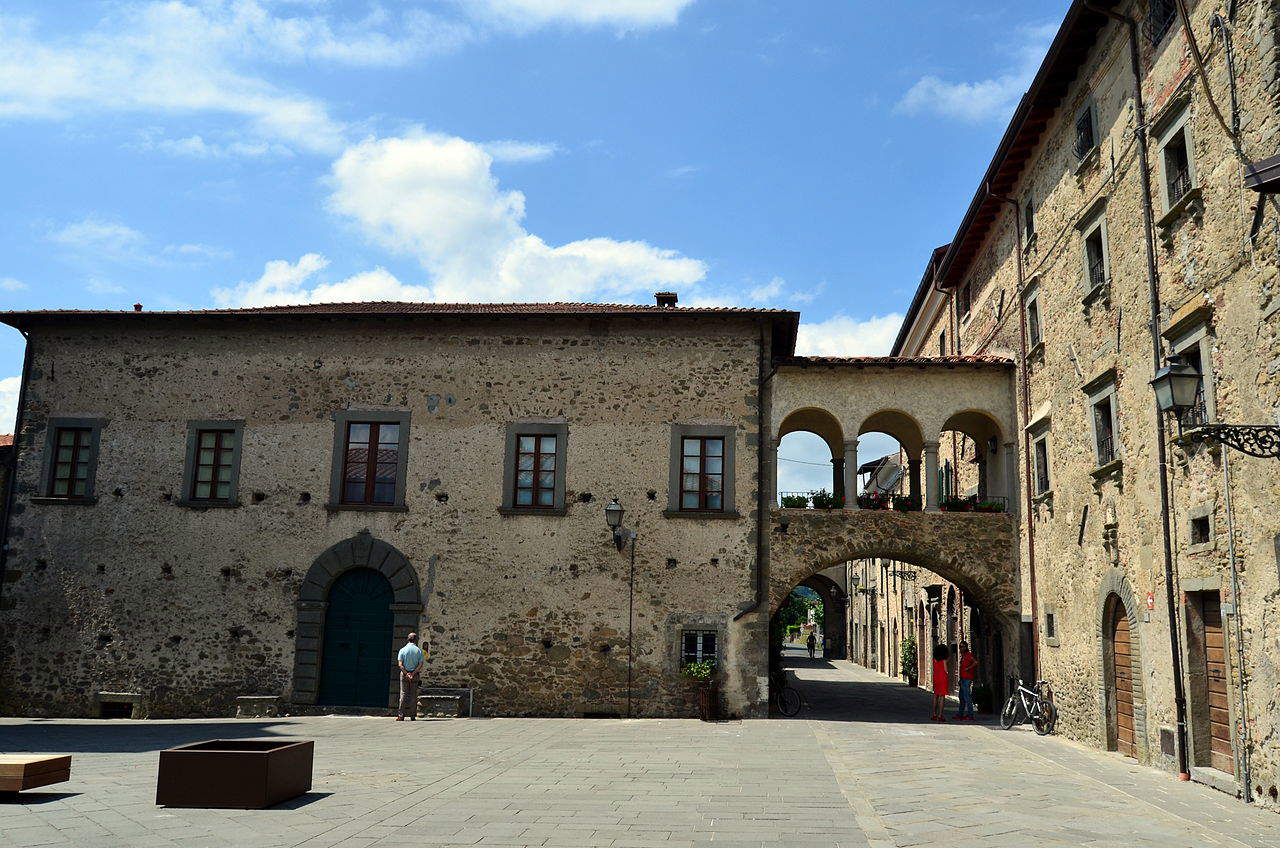
Montereggio, a small village with only a few dozen inhabitants, has a very fascinating history because it is known as the village of booksellers: in fact, by tradition, the families of Montereggio have long been active in the book trade. It is a tradition that would date, it seems, from the time of the Risorgimento: Montereggio already had a strong tradition of itinerant trade at that time, and its merchants had begun to come into contact with Carbonarians who gave them pamphlets, asking them to spread them as widely as possible. Thus the idea of trading books would be born, and since that time generations of itinerant booksellers have left this Lunigiana village for northern Italy with their loads of pages, to spread stories and ideas, displaying them on special stalls that were set up very quickly (hence the name of the Bancarella Prize, born in 1952). In August the village comes alive thanks to the Book Festival, an event when booksellers return to Montereggio to sell their prized wares. A monument in the beautiful historic center of the scenic Lunigiana village recalls the epic legacy of the ancient booksellers.
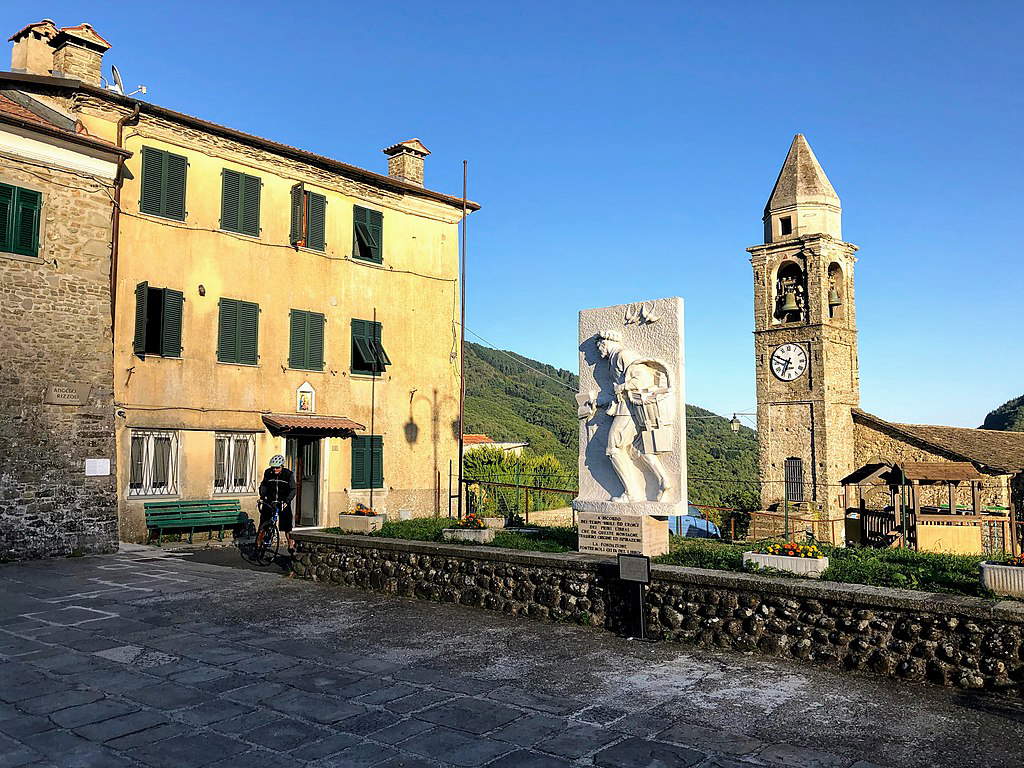
Located on the Vignale hill, Quote is another village that has preserved its ancient appearance well: Surrounded by the walls of the ancient castle to which it owes its name (“Quote” from “Verrucoletta,” meaning a small fortress), it is distinguished by its stone houses, the castle that towers above the village (initially created for defensive purposes, then becoming, in the mid the 15th century, an aristocratic residence of the Campofregoso family who held the Quote fief, and later of the Malaspina family), for the elegant church of Saints Gervasius and Protasius, dating from the 15th century.
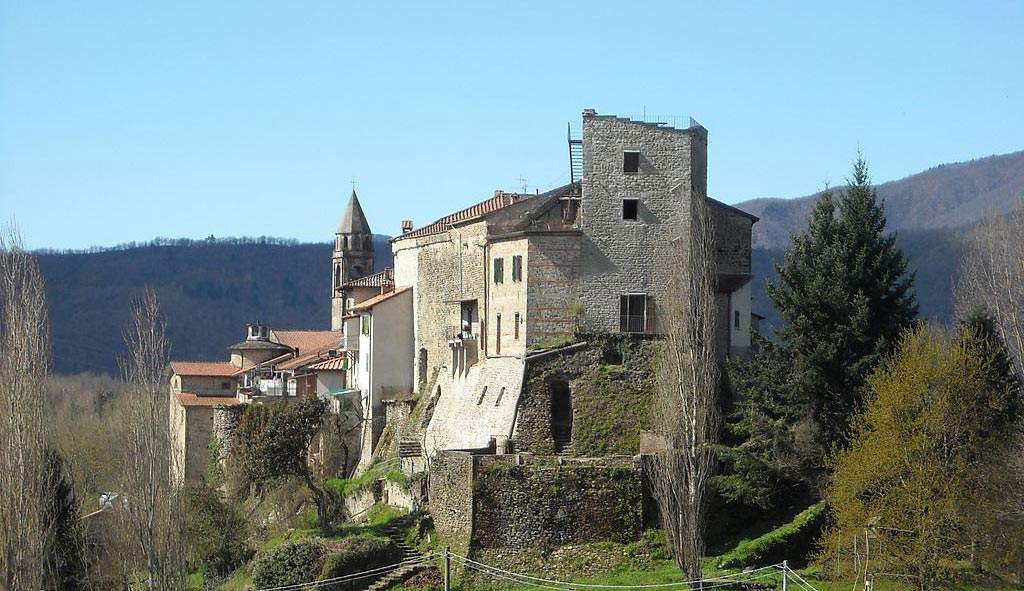
A hamlet of Aulla, has medieval origins (in 1185 it became a fief of the bishops of Luni), but it was during the Renaissance that it experienced its most prosperous period. Like Fivizzano, Caprigliola was also a Medici domain (it had passed to the Florentines in 1401), and in 1556 Duke Cosimo I de’ Medici had the imposing walls built around the village, which from above makes Caprigliola resemble a large comet star. In the village, situated on a rock that rises 161 meters above sea level, you can admire the Round Tower, the Cassero di Enrico da Fucecchio, and the church of San Nicolò.
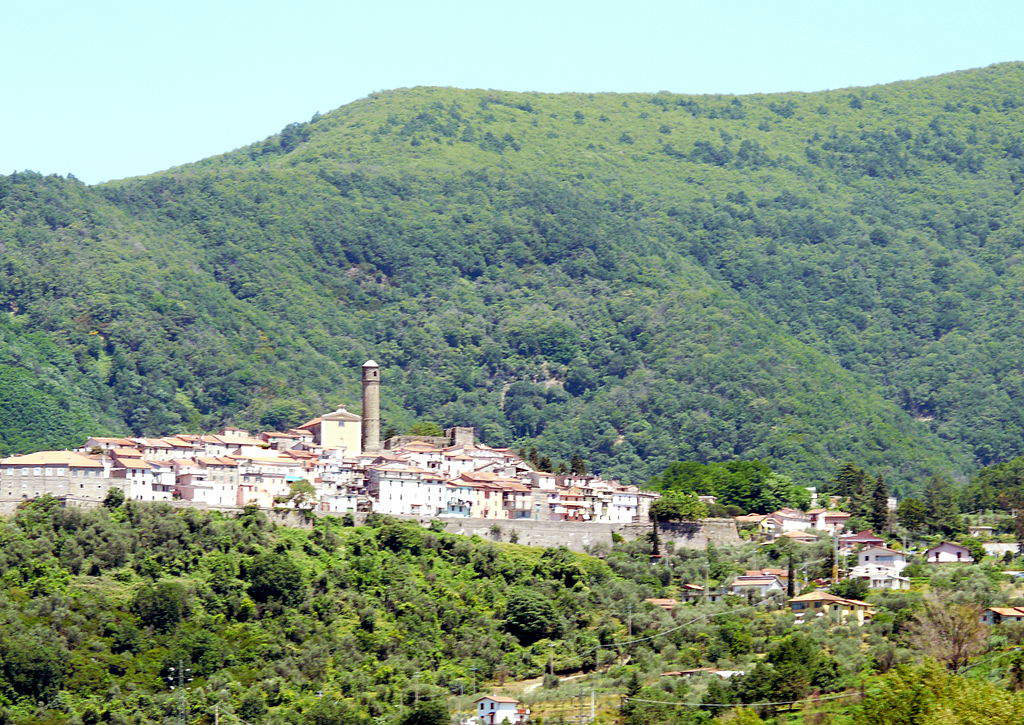
The castle of Malgrate, with its tall, soaring round tower, is one of the most beautiful and recognizable in Lunigiana. The village lies at the foot of the castle. Malgrate was founded in the 14th century by the Malaspina family, and as early as 1351 the fief of Malgrate was established, on which Filetto also depended. The winding streets and colorful houses of Malgrate, a village characterized by two main nuclei (one medieval and one seventeenth-century), together with its castle contribute to an atmosphere that speaks of the most authentic Lunigiana.
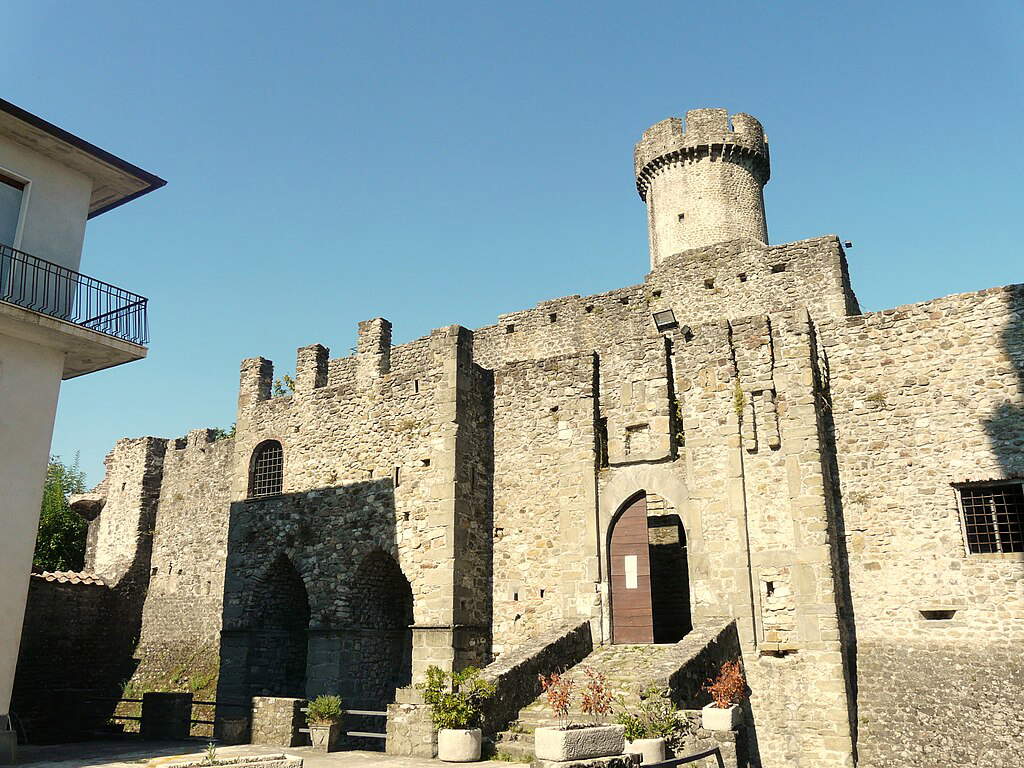
 |
| Lunigiana, villages to see: the 10 not to be missed |
Warning: the translation into English of the original Italian article was created using automatic tools. We undertake to review all articles, but we do not guarantee the total absence of inaccuracies in the translation due to the program. You can find the original by clicking on the ITA button. If you find any mistake,please contact us.